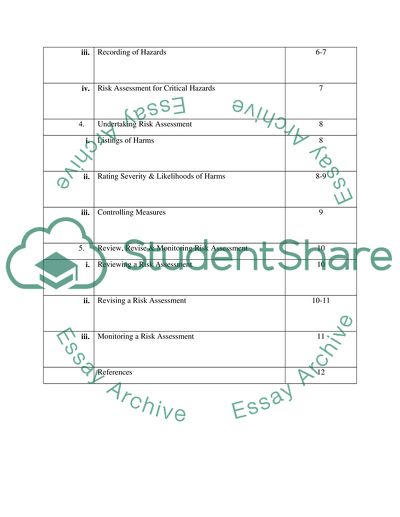Cite this document
(Health, Safety & Welfare Legislation of Construction Assignment, n.d.)
Health, Safety & Welfare Legislation of Construction Assignment. Retrieved from https://studentshare.org/engineering-and-construction/1772677-health-and-safety
Health, Safety & Welfare Legislation of Construction Assignment. Retrieved from https://studentshare.org/engineering-and-construction/1772677-health-and-safety
(Health, Safety & Welfare Legislation of Construction Assignment)
Health, Safety & Welfare Legislation of Construction Assignment. https://studentshare.org/engineering-and-construction/1772677-health-and-safety.
Health, Safety & Welfare Legislation of Construction Assignment. https://studentshare.org/engineering-and-construction/1772677-health-and-safety.
“Health, Safety & Welfare Legislation of Construction Assignment”, n.d. https://studentshare.org/engineering-and-construction/1772677-health-and-safety.


